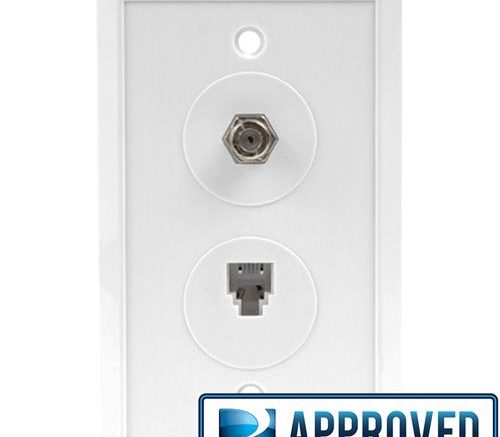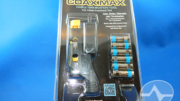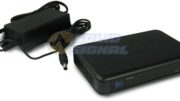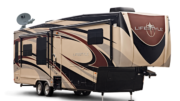A clean home theater installation begins with cables carefully fished through the wall. If you want to do it yourself, you’ll probably want to terminate the cables with a nice wall plate like this one. You might pause though, and think that every cable TV installation you’ve ever seen ends up with a bare wire coming through a round hole in the wall plate. If an installer thinks it should be like that, maybe you should do it too, right?
The benefits of a wall plate
Obviously, the big benefit of a wall plate is that it looks clean. It looks intentional. It looks a lot better than just having a wall bushing, which always looks like you came in after all the rest of the work was done. But, there are other, less obvious benefits.
Energy savings
If you pay a lot to pay or cool your house, the last thing you want is an open hole in your wall. And yet, if you just feed a cable through a wall plate, that’s what you’re getting. Putting in a wall plate seals up that hole and stops air from flowing. If you’re really concerned you can even put a weather boot on the inside of the plate or a silicone bead around it.
Termination
You should absolutely be terminating all your coax connections. Even though the cable installer didn’t do it, they should have. Termination preserves the balance on the line and keeps the entire system from working harder to preserve line levels. Terminators are cheap and they go on and off easily. If you put on a wall plate, there’s an easy place to put a terminator. If you just run a line through you’ll have to connect a barrel anyway.
The down side to a wall plate
A cable attached to an approved F-81 connector on a wall plate will cost you about 1dB of signal strength, and in really long runs it’s possible that could be the difference between success and failure. Also, it’s important to make sure you’re using approved barrels if you’re running any sort of high-frequency cable for cable TV, internet, or satellite. The barrels are cheap but they aren’t free, so there’s a cost involved to that.
What should you choose?
Really, it’s up to you. If you run a wire straight through the wall plate to your receiver or DVR, you’re getting a little stronger signal. On the other hand, you could be putting stress on the cable as it moves around loose in that hole.
However, because you’ve secured the cable in the wall, there’s no wear and tear on it over time. Just make sure you make the connection behind the wall plate carefully and give a lot of slack. Don’t bend the cable too far, as that will cause problems over time as well.
No matter what your choice, you’ll find the best in home installation accessories, all the tools you’ll need, and plenty of free tech support by shopping at Solid Signal!





